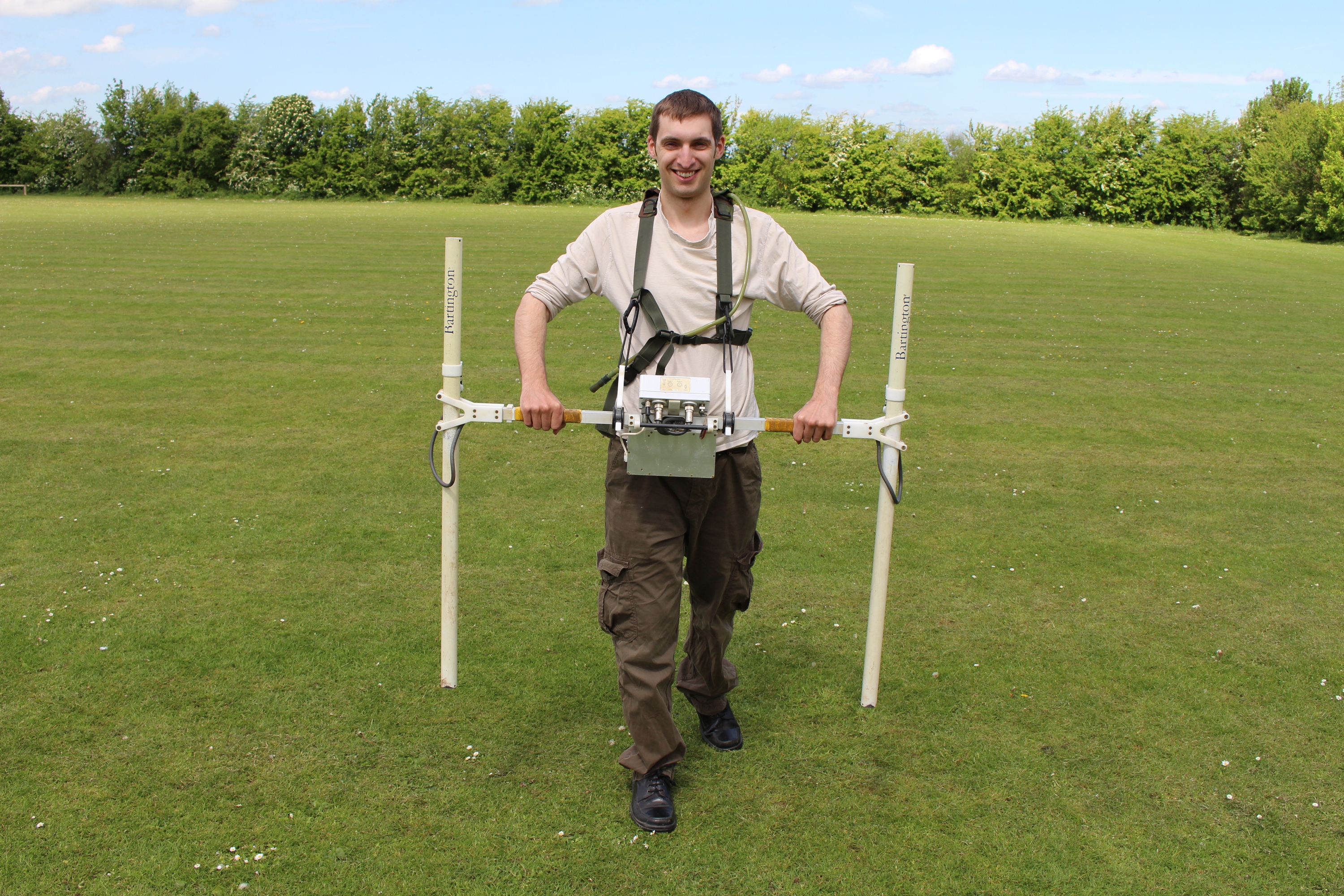All Categories
Featured
Table of Contents
Geophysical Survey Methods in Heathridge Australia 2021
Time piece from 23 to 25ns. This last piece is now nearly all blank, but a few of the walls are still revealing highly.
How deep are these slices? Unfortunately, the software I have access to makes approximating the depth a little tricky. If, nevertheless, the leading 3 slices represent the ploughsoil, which is most likely about 30cm think, I would think that each piece is about 10cm and we are just coming down about 80cm in overall.

Thankfully for us, many of the sites we are interested in lie just below the plough zone, so it'll do! How does this compare to the other techniques? Contrast of the Earth Resistance information (top left), the magnetometry (bottom left), the 1517ns time piece (leading right) and the 1921ns time slice (bottom left).
What Is A Seismic Survey? in Two Rocks Australia 2020
Magnetometry, as talked about above, is a passive method determining regional variations in magnetism versus a localised no worth. Magnetic susceptibility survey is an active strategy: it is a procedure of how magnetic a sample of sediment could be in the presence of a magnetic field. Just how much soil is evaluated depends on the diameter of the test coil: it can be extremely small or it can be relatively big.
The sensor in this case is very small and samples a tiny sample of soil. The Bartington magnetic vulnerability meter with a big "field coil" in use at Verulamium during the course in 2013. Top soil will be magnetically enhanced compared to subsoils simply due to natural oxidation and decrease.
By determining magnetic susceptibility at a relatively coarse scale, we can detect locations of human occupation and middens. We do not have access to a trustworthy mag sus meter, but Jarrod Burks (who helped teach at the course in 2013) has some outstanding examples. Among which is the Wildcat site in Ohio.
Airborne Geophysical Methods in Woodlands Australia 2022
These towns are often laid out around a central open location or plaza, such as this reconstructed example at Sunwatch, Dayton, Ohio. The magnetic vulnerability survey helped, however, define the primary location of profession and midden which surrounded the more open location.
Jarrod Burks' magnetic vulnerability survey arises from the Wildcat website, Ohio. Red is high, blue is low. The method is therefore of excellent usage in defining areas of basic profession rather than determining particular functions.
Geophysical surveying is a used branch of geophysics, which uses seismic, gravitational, magnetic, electrical and electro-magnetic physical methods at the Earth's surface to measure the physical homes of the subsurface - Geophysical Surveying in West Perth Australia 2020. Geophysical surveying methods normally determine these geophysical residential or commercial properties along with abnormalities in order to examine numerous subsurface conditions such as the existence of groundwater, bedrock, minerals, oil and gas, geothermal resources, spaces and cavities, and a lot more.
Latest Posts
Geophysical Survey - Salisbury Archaeology in South Guildford Aus 2021
Geophysical Survey in Yangebup Aus 2022
Working As A Geophysicist And Oceanographer In Canada in Singleton Aus 2022